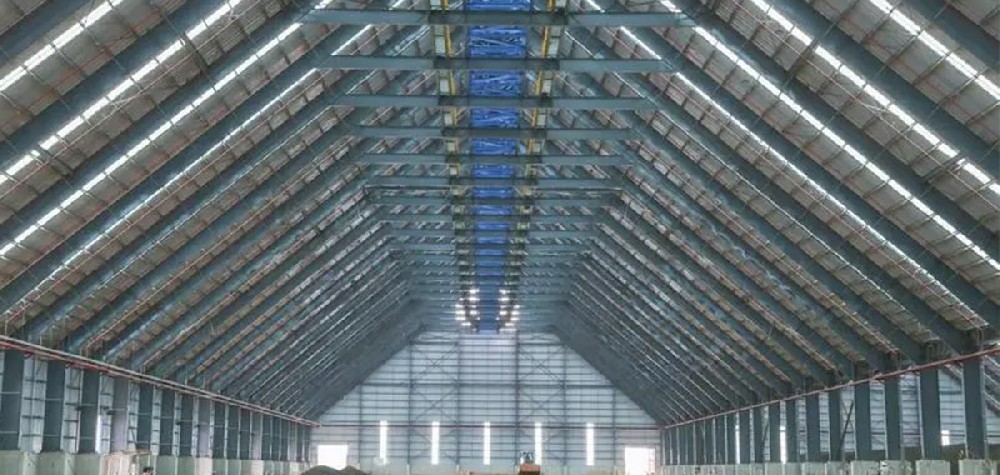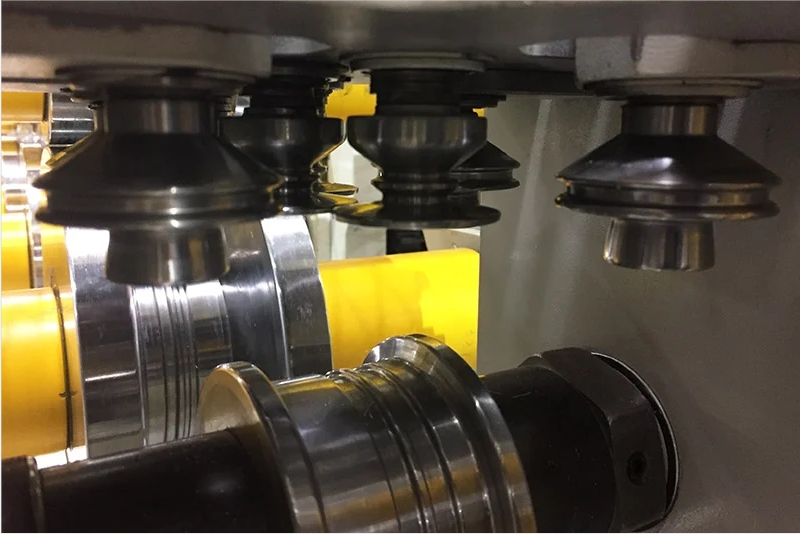Navigation Menu
Contact Us
- Email:
- info@wxavatar.com
- Address:
- Yurong Village, Yuqi Street, Huishan District, Wuxi, China.
Release Date:Jul 12, 2025 Visit:26 Source:Roll Forming Machine Factory
Material finish plays a significant role in how lighting fixture components perform. The surface treatment of a material can influence everything from light output and thermal management to durability and aesthetic appeal. Understanding these impacts is crucial for designing efficient and reliable lighting solutions.

Optical Performance
One of the most immediate impacts of material finish is on the optical performance of a lighting fixture. Reflective finishes, for example, are essential for maximizing light output from a light source. Highly polished or specular finishes, often found on reflectors, can direct light precisely, minimizing loss and ensuring that more lumens reach the intended target. Conversely, matte or diffuse finishes, used on diffusers or lenses, can spread light more evenly, reducing glare and creating a softer, more uniform illumination. The texture and color of a finish also affect how light is absorbed or reflected, influencing the overall light quality and color rendering.
Thermal Management
The finish of a material also significantly impacts its ability to manage heat. Heat dissipation is critical for the longevity and performance of LED lighting, as excessive heat can degrade LED chips and other electronic components. Materials with finishes that enhance emissivity, such as certain black or dark anodized coatings, can radiate heat more effectively into the surrounding environment. This helps to maintain optimal operating temperatures for the internal components. Conversely, highly reflective finishes, while excellent for light redirection, may be less effective at radiating heat, requiring alternative thermal management strategies.
Durability and Protection
The durability and protection offered by a material finish are vital for the long-term performance and reliability of lighting fixtures, especially in demanding environments. Finishes like powder coating, anodization, or electroplating provide a protective barrier against corrosion, abrasion, and chemical exposure. This is particularly important for outdoor fixtures or those in industrial settings where they might be exposed to moisture, dust, or harsh substances. A robust finish prevents degradation of the underlying material, ensuring the structural integrity and aesthetic appearance of the fixture over time. Without adequate protection, components can corrode, discolor, or physically degrade, leading to reduced performance or outright failure.
Aesthetic Appeal
While performance is paramount, the aesthetic appeal imparted by a material finish cannot be overlooked. The visual quality of a lighting fixture contributes to its integration within an architectural space. Finishes can range from sleek and modern metallic looks to textured or colored surfaces that blend seamlessly with interior designs. The consistency and quality of the finish are critical for a premium look and feel. Scratches, uneven coating, or discoloration can detract from the overall appearance and perceived quality of the product.
Electrical Conductivity
In some cases, the material finish can also influence electrical conductivity. Certain conductive finishes are used for grounding purposes or to facilitate electrical connections between components. Conversely, insulating finishes are applied to prevent short circuits or to provide electrical isolation where needed. The specific electrical properties of a finish must be carefully considered based on the component's function within the fixture.

In conclusion, the choice of material finish is far more than a superficial decision in lighting fixture design. It profoundly influences the optical characteristics, thermal performance, longevity, and even the electrical and aesthetic aspects of the final product. Careful consideration of these factors during the design phase is essential to create high-performing, reliable, and visually appealing lighting solutions.